B-- Breakfast L-- Lunch D-- Dinner
-
Day 1 Kathmandu - Tibet Border - Gyirong Town
After breakfast, our local guide will pick you up, then drive to Gyirong Port (altitude: 1800m) at the border. Though the distance is only about 160km, it takes more than 6 hours to drive to Gyirong Port from Kathmandu because the road is narrow and bumpy. During the rainy season, the road is muddy and may be closed for the landslides.
After arriving at Gyirong Port, you will check through the custom, and be picked up by your Tibetan tour guide, then drive about 25km to today's destination Gyirong Town.
Accommodate at Gyirong Town(altitude: 2600m).
Tip of today: Make sure your Group Visa, Tibet Entry Permit and Border Pass are issued before departing to Tibet.
Accommodation: Overnight in yirong Town
-
Day 2 Gyirong - Mount Everest
After breakfast, you will have a long driving to Mount Everest (about 360km). Though being a long driving of about 8 hours, but the views along the road are stupendous. In clear days, you can see the clear face of Shishapangma Peak and enjoy the beautiful view of Pekutso Lake. When you finally get to the Rongbuk Monastery, and get the first sight of the mighty Everest, you will immerse in a solemn ethereal mood and find all the efforts you have made along the long way are not in vain. Located about 5100 meters above the sea level, Rongbuk Monastery is the highest monastery in the world. It is the best location to take some great photos of the front face of Mount Everest. The rest of today is free for you visit the Rongbuk Monastery and explore surrounding landscape.
Accommodation will be arranged at Rongbuk guesthouse or local tent. Please note that the accommodation at both places is very simple and basic, only dorm beds with communal squat toilets are available. Duvets, heated blankets and hot water will be provided, and you are suggested to bring your own sleeping bag and toilet paper. There is no running water, sinks or showers. The dining room just offer basic breakfast and dinner without menu. Remember to dress warmly all the time.
Tips of Today: 1) prepare more food and drinks for long driving; 2) bring a warm and thick coat for low temperature in Everest; 3) avoid strenuous activity to prevent from high altitude sickness.
Accommodation: Overnight in Mount Everest
-
Day 3 Mount Everest - Shigatse ( B )
Wake up early to enjoy the marvelous sunrise on the peak of the world. Then drive about 4km further to Tibetan Tents Camp (altitude: 4900m) where you can enjoy a closer view of Mount Everest.
The top part of the Mount Everest is always covered by snow all the year round, and when the sun shines on the mountain, the peak is like a giant white pyramid, which is one of the most famous sceneries of Mount Everest. In bright days, you can also see a wisp of cloud hanging above the top of Mount Everest. It flies eastward in the fast western wind just like a flapping flag. This unique phenomenon is the spectacular “Cloud Flag”. The cloud will change from surging waves into a thin cooking smoke or from galloping steeds into the mysterious veil of a goddess.
Till now your Mount Everest adventure is about to end. The rest of today is to drive back to Shigatse City. Have a good rest in Shigatse City.
Tips of today: 1) to protect the environment of Mount Everest, currently Everest Base Camp is not open for tourists – the Everest landscape can be enjoyed at Rongbuk Monastery and Tibetan Tent Camp as well. The base camp marker, a tablet reading “Mt. Qomolangma Base Camp” has been transferred to the Tibetan Tent Camp. You are suggested to take a photo at the marker to commemorate your wonderful adventure tour; 2) the sunrise usually starts around 6:30 am to 7am on Mount Everest; 3) keep warm all the time.
Accommodation: Overnight in Shigatse
-
Day 4 Shigates - Gyangtse ( B )
Today, before driving to Gyantse from Shigatse, take a visit to the official seat of Panchen Lama - Tashilhunpo Monasterywhich is also the largest and most influential Gelug Monastery in Shigatse prefecture. Here you will see a giant statue of Future Buddha, the largest one of its kind on earth ( 26.2 meters high and 11.5 meters wide ), decorated with precious pearls, turquoises, corals and ambers.
After arriving at Gyantse, go to visit the mysterious Palcho Monastery. The monks and tradition of three important sects of Tibetan Buddhism - Sakyapa, Zhalupa and Gelukpa, peacefully coexist in this monastery. Its Kumbum, which is 35 meters high and has 76 small chapels with hundreds images of Kriyatantras , is believed to be the largest such structure in Tibet. Finishing the visit in Palcho, go to take some photos of the Gyantse Dzong Fortress on which the Tibetan army used to fight against the British army's invasion during the early 20th century. It is a very impressive fortress with typical Tibetan palace architecture style which is inherited from Yumbulagang Palace - The First Palace of Tibet.(Gyantse Dzong Fortress now is closed for maintenance. Tourists cannot climb up to the top, but still can enjoy its magnificent appearance from the square at the foot of the Dzong Hill.)
Accommodation: Accommodate at Gyantse Town.
-
Day 5 Gyangtse - Yamdrok Lake- Tsetang ( B )
Today, you will drive head to Tsetang Town. After a driving of about 75km, you will see the imposing Karola Glacier towering aloft on the right side of the road. Keeping driving for a while, you will get to Yamdrok Lake. As the largest fresh lake in the northern of the Himalaya Mountains, it spreads about 675 square meters from south to north, like an eardrop lying in the arms of snow-capped giant mountains. Viewing from a distance, you can see fertile pastures full of yaks and sheep, and some small Tibetan villages along the lakeshore.
Continuing your trip, you will lastly arrive at Tsetang Town which is the political and transportation center of Shannan Prefecture. This region is the birthplace of Tibetan Civilization, as well has played an important role in the development of Tibetan Buddhism. Today, you will go to visit three most famous attractions in Tsetang. After a brief rest, go to visit the first palace in Tibetan history - Yumbulakang. It has a very long history, and boasts many sculptures and paintings from ancient times. While visiting Trundruk monastery, you will see a stunning Tangkha of Pearls decorated with a total of 29,026 pearls. (Yumbulakang is now closed for maintenance. Tourists cannot climb up and visit sites inside, but still can enjoy its magnificent appearance at the foot of the hill.)
Have a good rest in Tsetang Town.
Tip of today: prepare some food and drinks for long driving of today.
Accommodation: Accommodate at Tsetang
-
Day 6 Tsetang - Samye Monastery - Lhasa ( B )
In the morning, you will drive a few minutes to visit the famous Samye monastery which is believed to be the first official Buddhist monastery in Tibet with the basic terms of Buddhism – Buddha, scriptures and monks. For over 1,200 years of history, it is one of most influential monastery in Tibet. In this monastery, there was a famous debating about Buddhism between the ancient Indian Buddhism and Chinese Buddhism. Samye Monastery was built according to the description of universe in Buddhism scriptures, combined features of Tibetan, Chinese and Indian, symbolizing the center of the universe.
After the Samye visit, drive about 3 hours to Lhasa.
Accommodation: Accommodate at TLhasa
-
Day 7 Lhasa ( B )
Start today’s Lhasa exploration with an exciting visit to the landmark - Potala Palace which is regarded as one of the most beautiful architectural building in the world. You will climb up the palace along the zigzag stone paths with white-and-red walls to the top of the palace where you can not only appreciate the exotic Tibetan-style architecture, but also get a great view of Lhasa’s urban areas, then walk into the inner space of Potala Palace to explore the stately chapels and learn about the history of the palace.
Continuing your exploration, you will then get to Jokhang Templewhich is considered as the spiritual heart of Tibetan Buddhism. Each day, there are thousands of pilgrims coming from different places in Tibet to the temple to worship to the Buddha. This temple is also known as the “house of Buddha” because it keeps the precious Jowo Rinpoche, the life-sized (5 foot/1.5m) image of the Shakyamuni at the age of 12. The last site for today’s exploration is the famous Barkor Street. It is a circular and wide street encircling the Jokhang Temple. The local people like to walk on the street for several circles usually in the late afternoon as a daily tradition of pilgrimage. The street also has many shops selling a wide variety of traditional Tibetan goods, religious items and handcrafts.
Tips of today: 1) there are 1,080 steps up to climb to the top of Potala Palace, so don’t walk in a rush, which may cause high altitude sickness; 2) taking photos is not allowed inside the palace; 3) today you will be mainly outside, please bring some water, a hat, sun cream, and sun glasses with you.
Accommodation: Accommodate at TLhasa
-
Day 8 Lhasa ( B )
After breakfast, you will firstly go to visit the beautiful Norbulingka which used to be the former summer palace of Dalai Lamas in the ancient time, and now is a public park. It is famous for its Potrang, the private palaces of former Dalai lamas with grandiose Tibetan architecture style. Next, drive several kilometers to the western outskirts of Lhasa to visit Drepung Monastery. Drepung, in Tibetan, means “prosperity”. Since its establishment, Drepung Monastery has always been one of the most important Buddhist monasteries in Tibet. In its heyday, there were more than 10,000 monks lived and studied in the monastery. Throughout its history, many important and famous Tibetan leaders used to study here, especially the Dalai Lamas. So Drepung Monastery is also respectfully known as the “Mother School of Dalai Lamas”.
In the afternoon, you will be taken to another famous monastery in Lhasa - Sera Monastery. It is famous for the spectacular “Buddhism Debating”. As a daily routine, the monks gather in a courtyard, and debate on the Buddhist doctrines with supplemented gestures, which is thought to be helpful to facilitates better comprehension of the Buddhist philosophy to attain higher levels of study. After enjoying the "Buddhism Debating", you will be transferred back to the city. The rest time is your own free time to rest.
The Etiquette of Visiting Monastery: 1) you shouldn’t wear short and uncover shoulders; 2) taking off your sunglasses and hat before entering the chapels; 3) taking photos is usually not allowed inside the chapels.
Accommodation: Accommodate at TLhasa
-
Day 9 Lhasa Departure ( B )
Today is free for you until your tour guide transfer you to the airport in time for your flight or drop you off at Lhasa train station.
Tips of today: 1. Please pack your luggage carefully, especially for small things like camera charger, power adaptor, mobile phone, phone charger, wallet and towel. 2. If your flight is arranged in the afternoon, please make sure you check out the hotel before 12pm.
Accommodation:

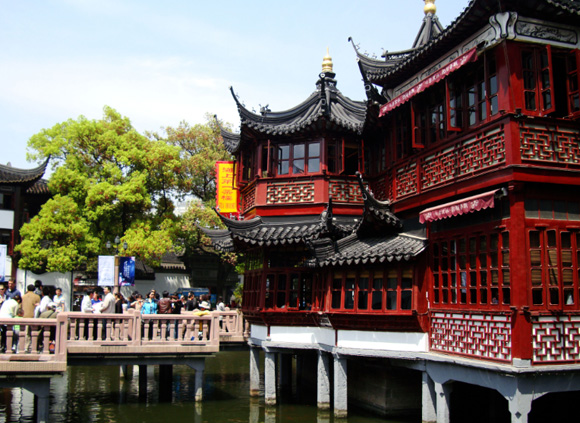 6 Days Tsedang Short Tour
6 Days Tsedang Short Tour 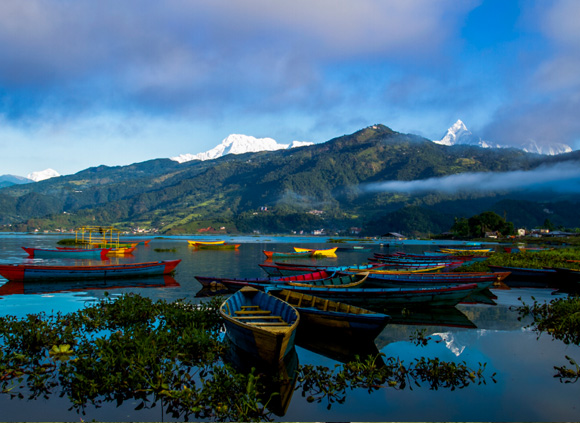 10 Days Chengdu – Xining – Lhasa Tour by Train
10 Days Chengdu – Xining – Lhasa Tour by Train 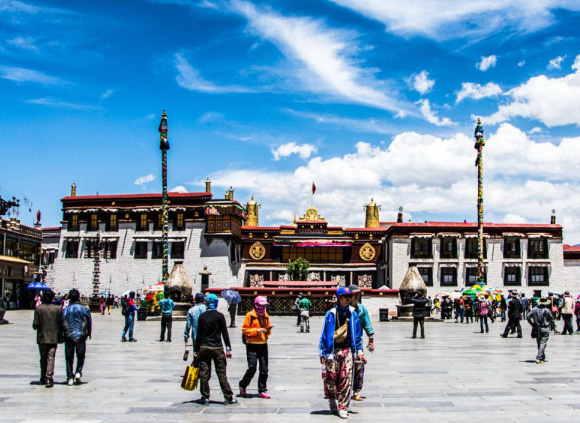 15 Days Lhasa Kathmandu Overland Tour from Beijing
15 Days Lhasa Kathmandu Overland Tour from Beijing 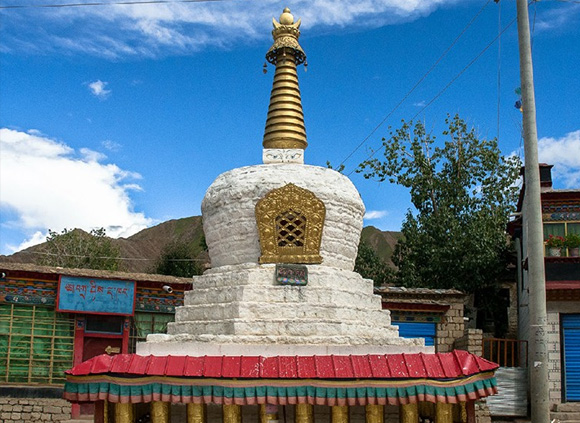 8 Days Nyingchi Shigatse Namtso Tour
8 Days Nyingchi Shigatse Namtso Tour 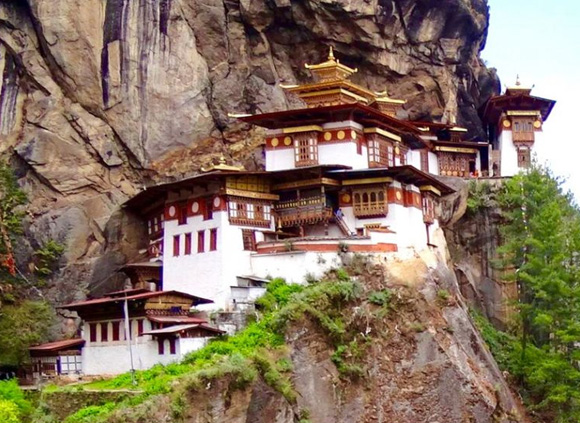 9 Days Train Tour from Chengdu to Lhasa
9 Days Train Tour from Chengdu to Lhasa 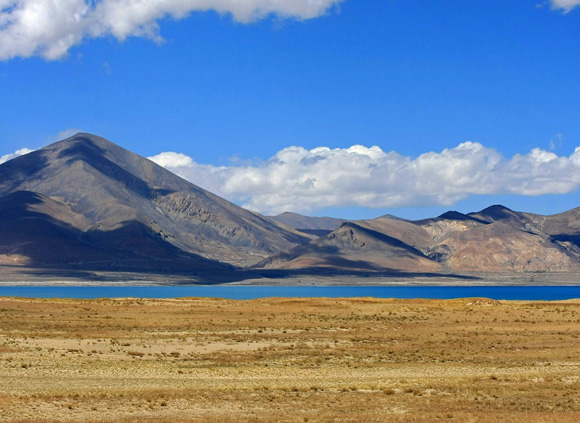 10 Days Tour to Beijing – Xi’an – Lhasa
10 Days Tour to Beijing – Xi’an – Lhasa 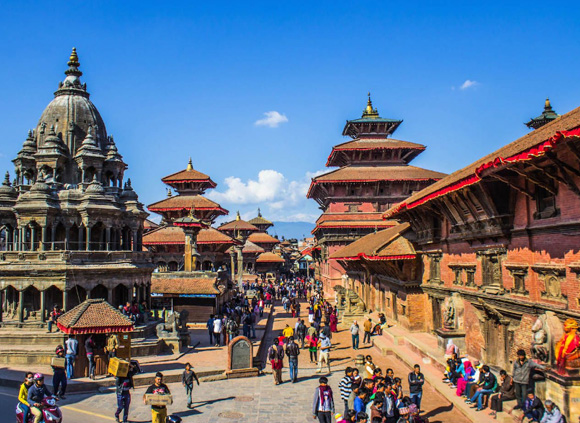 14 Days Nepal-Mount Kailash Trekking Tour
14 Days Nepal-Mount Kailash Trekking Tour 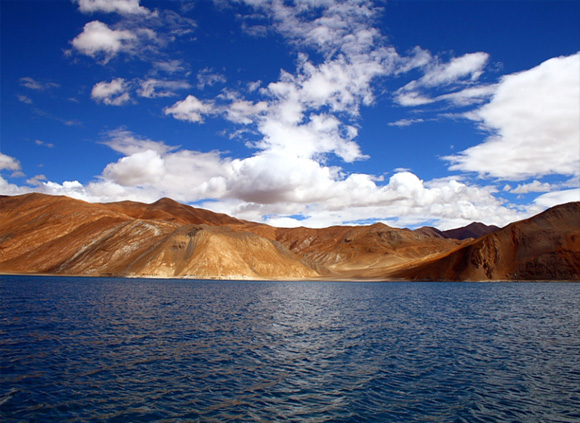 8 Days Kathmandu to Lhasa Tour by Flight
8 Days Kathmandu to Lhasa Tour by Flight 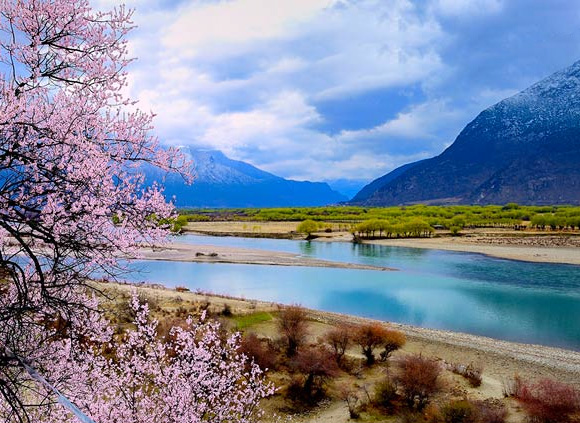 Holy Lake Namtso 1 Day Tour
Holy Lake Namtso 1 Day Tour 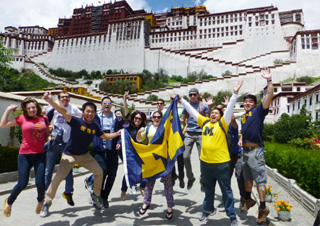
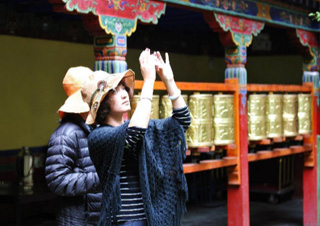
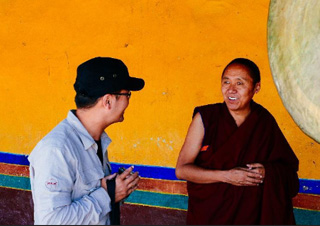
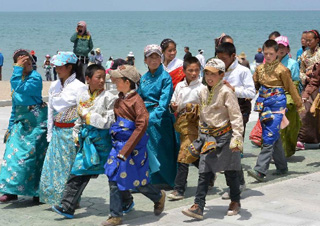
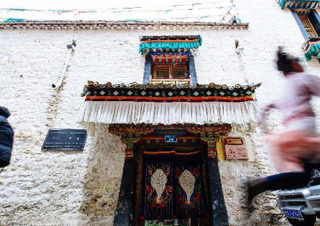
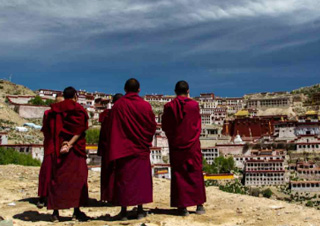
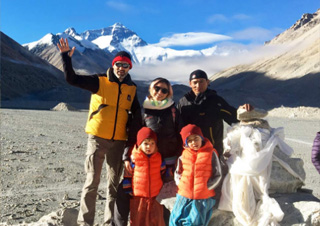
 Data in submission...
Data in submission...


